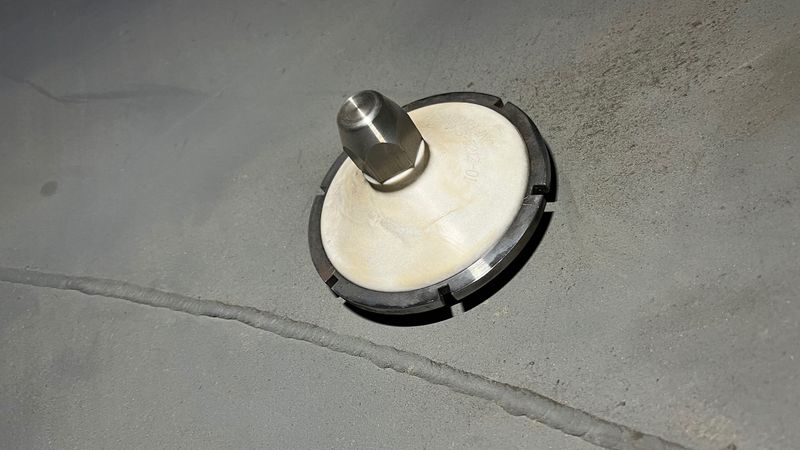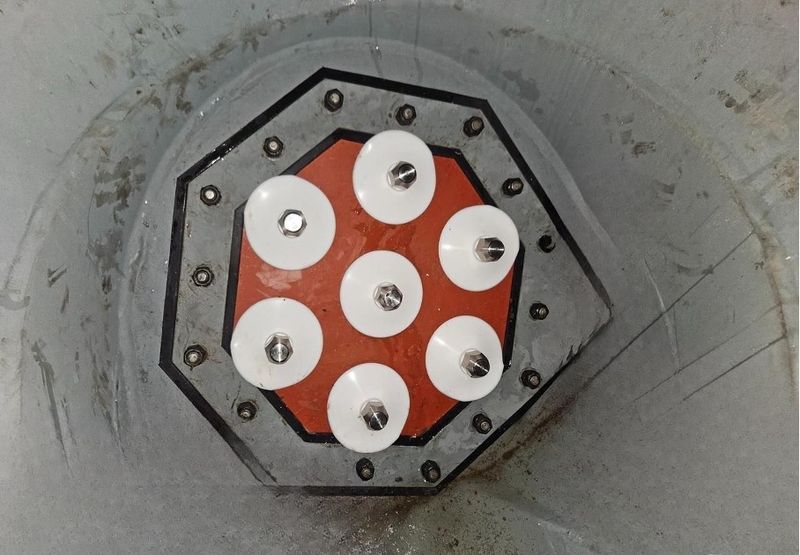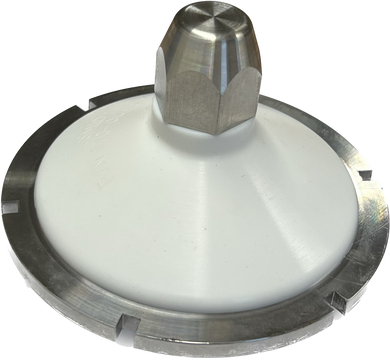The Function of a Fullerator in Air Distribution
Explore the function of a Fullerator in air distribution systems and its impact on optimizing airflow for peak efficiency and performance.

The Function of a Fullerator in Air Distribution
In air distribution systems such as fluidization beds, dryers, or filters, a fullerator is used to effectively and evenly distribute the airflow across a bed of solids or a defined space. This is critical for processes where uniform air distribution is essential for efficiency and performance.
How a Fullerator is Used in Air Distribution:
System Location:
• The fullerator is typically installed in a strategic location, such as in the air inlet or at the base of a fluidization bed.
• The design may consist of a porous membrane, a perforated plate, or a specially shaped distribution mechanism.
Airflow Distribution:
• The fullerator breaks up the incoming airflow and distributes it evenly across the entire cross-section of the system.
• This prevents air from concentrating in specific areas and ensures that all parts of the bed or system are reached.
Promote uniformity in fluidization:
• In fluidization beds, air is passed through the fullerator to agitate particles and keep them suspended.
• Uniform air distribution ensures that particles are fluidized homogeneously, which is important for heat transfer or chemical reactions.
Prevent dead zones:
• Without a fullerator, certain system parts can become under- or over-aerated, leading to inefficiency and local stagnation.
• The fullerator prevents these "dead zones" by making the airflow consistent throughout.
Minimize turbulence:
• In air distribution, a turbulent or irregular air pattern can cause problems. The fullerator calms the airflow and provides laminar and uniform motion.
Tuning to process parameters:
• The fullerator can be designed or tuned to meet specific process requirements, such as desired velocity, pressure, and airflow uniformity.

Applications
• Industry: In fluidization processes, such as when drying powders or granules.
• Energy: In fluidized bed combustors for air and fuel distribution.
• Filter systems: These are used to even air flow through filter media.
• Air treatment: Air is distributed evenly throughout a space in HVAC systems.
The fullerator contributes to more efficient operation and a longer installation life by preventing problems such as overload, wear and tear, or reduced performance.
Fullerator aeration set White silicone rubber pad 4" / Hollow Stud Bolt ¾ NPT / Steel flat plate
The Fullerator aeration set combines aeration and vibration to solve material flow problems for all dry bulk materials. Ideal for any silo, bin or tank.
Advantages of a fullerator
• Efficient use of air flows.
• Prevention of local overload or stagnation.
• Improvement of process uniformity and performance.
• Minimization of pressure losses in the system.
A fullerator is therefore an essential component in systems where control and uniformity of air distribution are important.
